4 Minute Read
Looking Back

Ahsan Manzil, popularly known as the Pink Palace, is situated at Kumartuli,
Islampur along the banks of the Buriganga River in Dhaka, Bangladesh. It used
to be the official residential palace and seat of the Nawab of Dhaka. Though
its construction was started in 1859 and completed in 1872, its initial history
stretches far back to the Mughal era. From a garden house of Sheikh Enayet
Ullah, the landlord of Jamalpur District to a Grand Palace of residence of the landlord
of Dhaka, Khwaja Alimullah, it was also used as a trading house for French traders
who build a big pond they called “Les Jalla” beside the palace. After getting
freedom from French and English influence, it was finally bought by Khwaja Alimullah from
the French and added a family mosque to the compound. After his death, his son
Nawab Bahadur Sir Khwaja Abdul Ghani made extension as well as renovation to
the property, and named it "Ahsan Manzil" after his son Khwaja
Ahsanullah. He renovated the old building at the west called "Andarmahal"
and extended it to build "Rangmahal" which was at the east side of “Andarmahal”.
Ahsan
Manzil went through reconstruction several times due to severe damage in natural
calamities. A tornado that occurred on 7 April 1888 in Dhaka damaged it greatly
to the extent that the western block of Andermahal was completely demolished
and later it was entirely rebuilt. The present day octagonal dome of the palace
was also built during that time. This place was also damaged again during the
earthquake of 1897 but Nawab Khwaja Ahsanullah repaired the whole place again. This is said to be the first house in Bengal to install electric bulb during British era.
Decline
& Restoration
After the death of Khwaja Ahsanullah in 1901, the glory of Ahsan Manzil was
ended. His successors could not continue the glory because of the internal
family quarrel. They rented different parts of the palace to tenants, who
actually made it a slum. In 1952, govt. acquired the property and left in
supervision of the Dhaka Nawab court. After the independence of Bangladesh, most
of the nawab family went to abroad in search of a better livelihood and work. On
1974, the owners of the palace decided to put it up for auction. Bangabandhu
Sheikh Mujibur Rahman cancelled its auction proposal option. On 2 November that
year, he ordered to establish a museum and tourist centre after its proper
conservation. In 1985, Dhaka National Museum acquired the property and made it
a museum following a massive restoration programme which utilised historic
photographs of the property. After the completion of the renovation work in
1992, under the supervision of the Directorate of Public Works and Architecture,
it was brought under the control of Bangladesh National Museum.
Inside
the Palace


There is a large drawing room, card room, library, state room and two other
guest rooms are located on the Rangmahal. Totally in 23 rooms of that part of
the palace have over 4000 artifacts. The ballroom, the Hindustani room and few
residential rooms are situated on the western side. A beautiful vaulted
artificial ceiling, made of wood, decorates the drawing room and the Jalsaghar.
A splendidly decorated dining hall and few smaller rooms are placed on the west
part. The floors of the dining and Darbar Halls are decorated with white, green
and yellow colored ceramic tiles. The famous store room, where the valuables of
the Nawabs used to be stored, was in the middle of the five rooms located in
the western half of the ground floor. Along with those rooms a Darbar Hall or
assembly hall and a chest room is also placed there.
The building structure was established on a raised platform of 1 meter. The
building has a broad front-facing the Buriganga River. On the river side, an
open spacious stairway leads right up to the second portal and on their stands
the grand triple-arched portals. There was once a fountain in the garden in
front of the stairs which does not exist today. All along the north and the
south side of the building run spacious balconies with an open terrace
projected in the middle.
There are attractive wooden stairs in the room that is attached to the north of
the domed room. The balusters were ornamented with vine leaves made of iron along
the railing of the stairs. The wooden ceiling of the room, decorated with geometric
designs, is very elegant. The verandas and rooms are covered with marble. The
doorways are placed within semi-circular arches. The inner doors had
multi-colored glasses. Wooden beams supported the roof of these rooms. This
kind of architecture and decoration made it one of a kind of tourist attraction
in Bangladesh.
Ticket for a Trip


It takes only BDT 20 per person to pay for a trip around this Pink Palace. Kids
under age 12 can pay BDT 12 per person for a ticket. The tickets are free for
physically disabled persons as well as for school-going children with
pre-application to visit there. For foreigners, it’s a bit expensive comparing
to these prices mentioned already. They will have to pay BDT 100 per person.
But given the walk along the path of history they’ll have there, it’s
worthwhile to say the least.
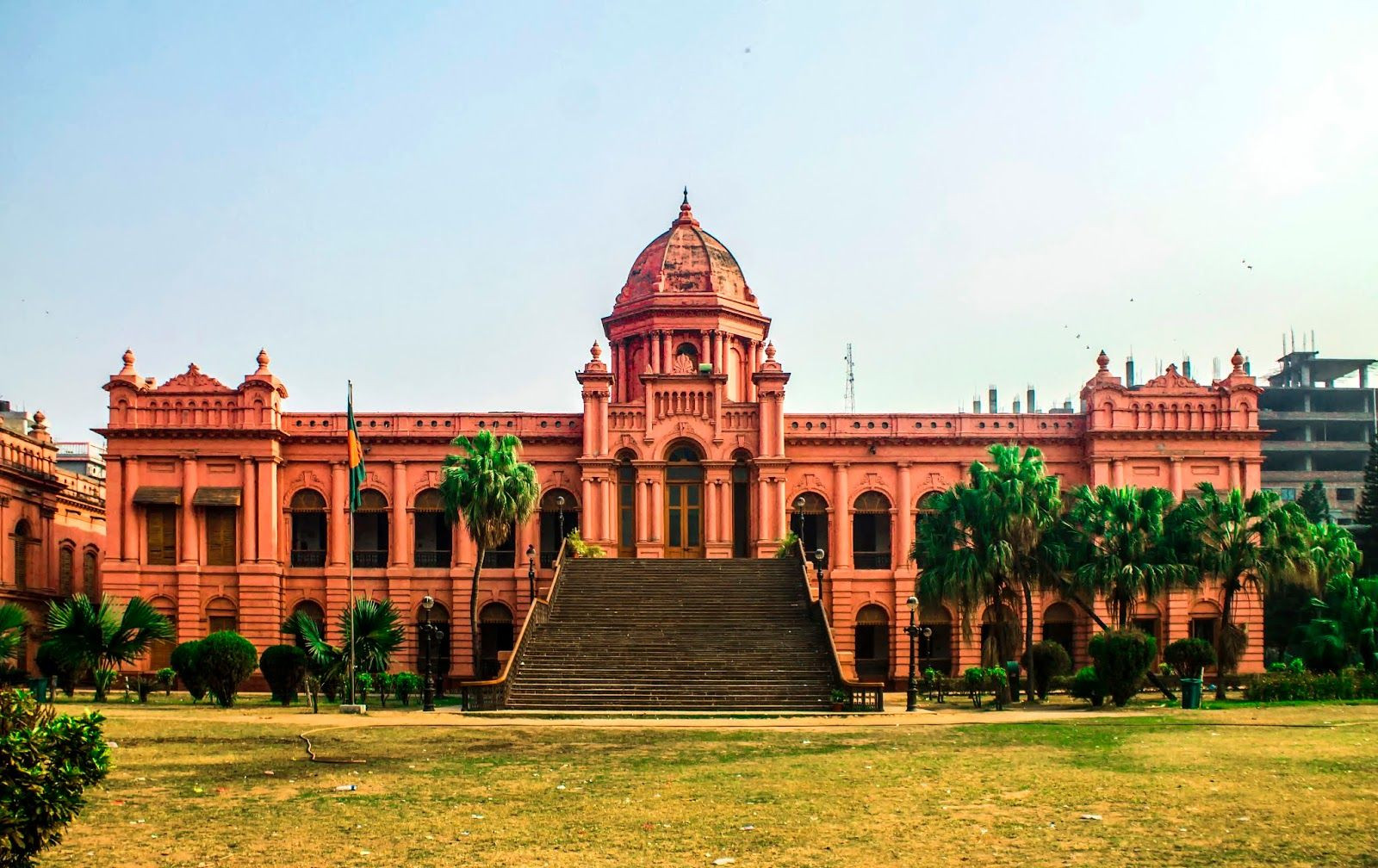
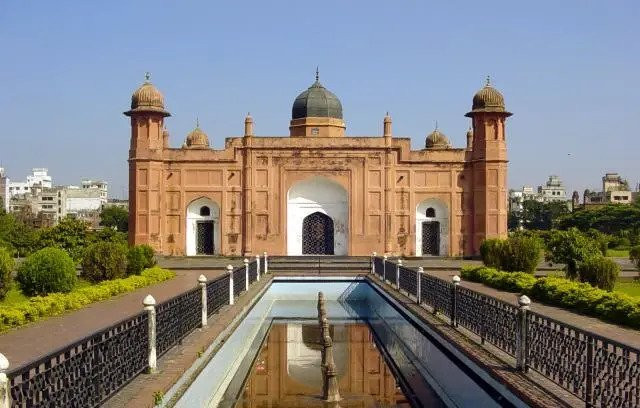
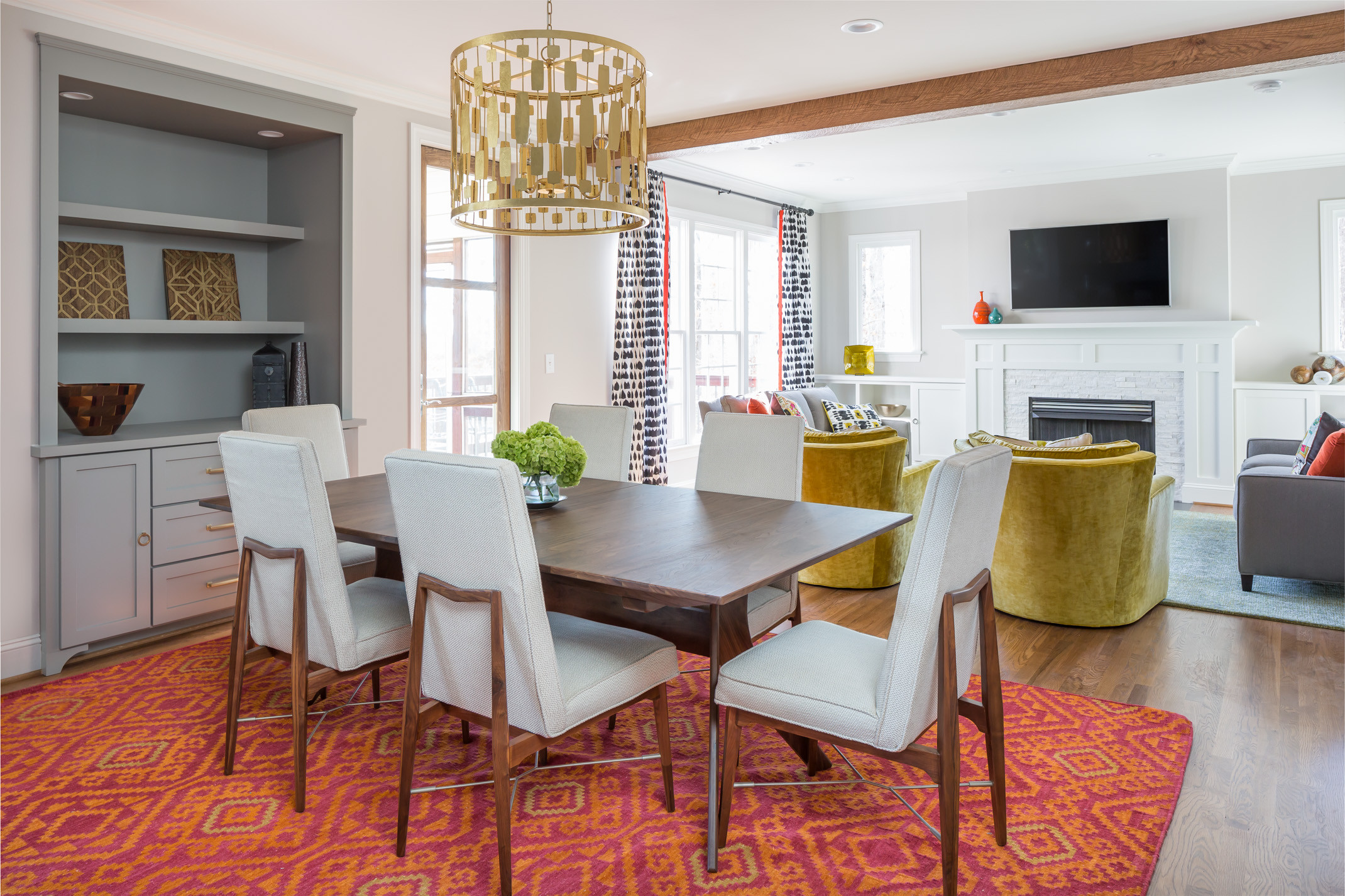
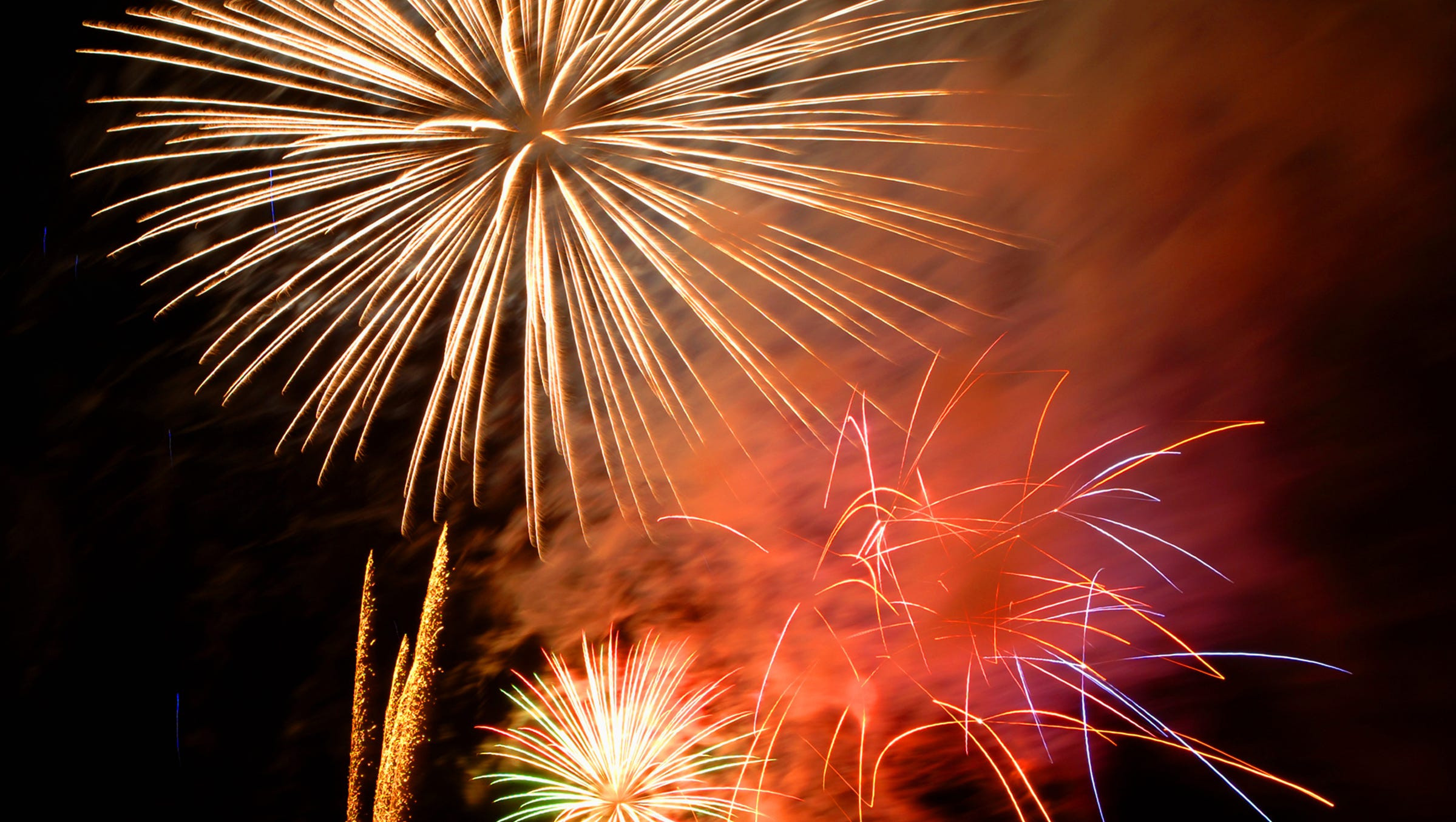
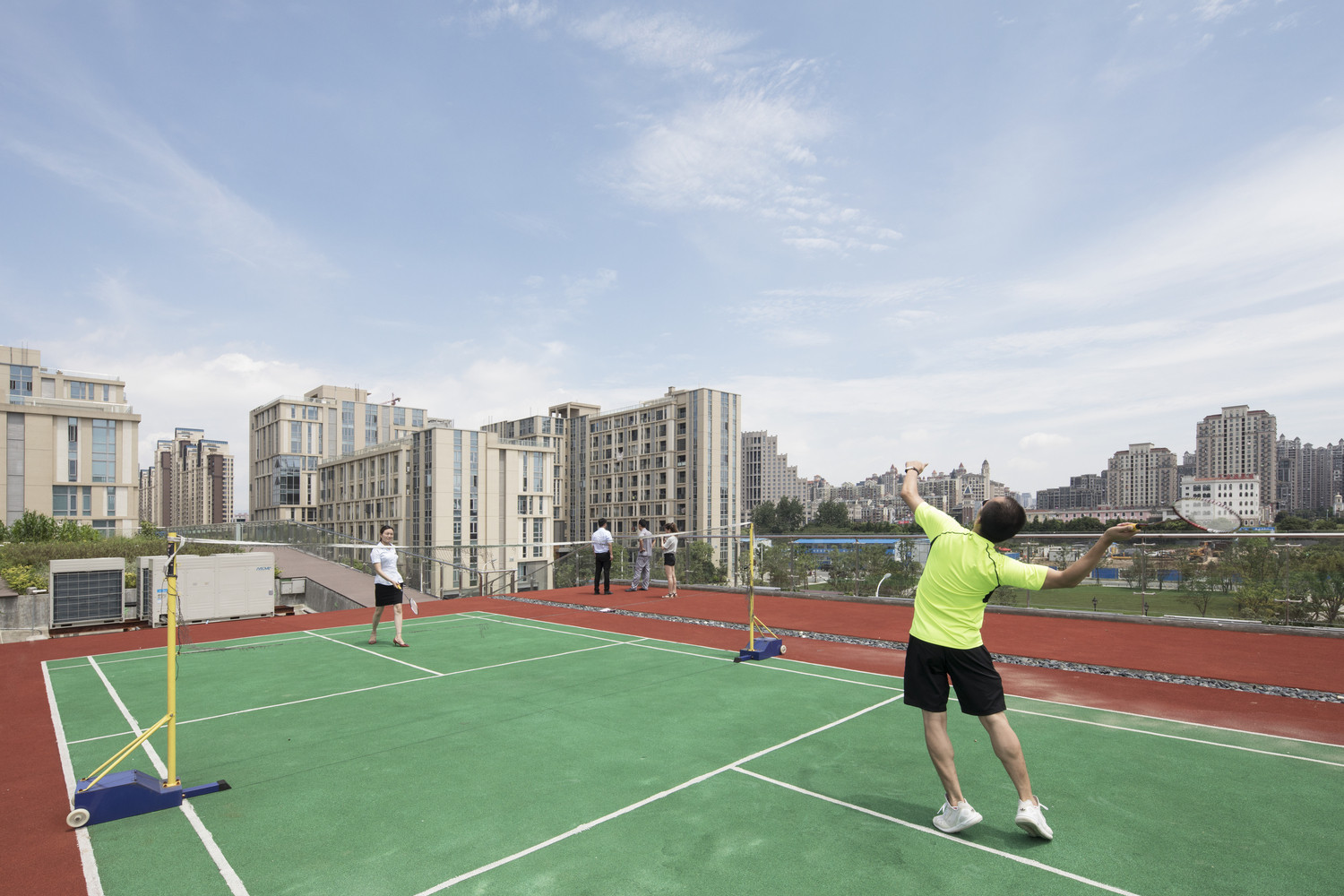

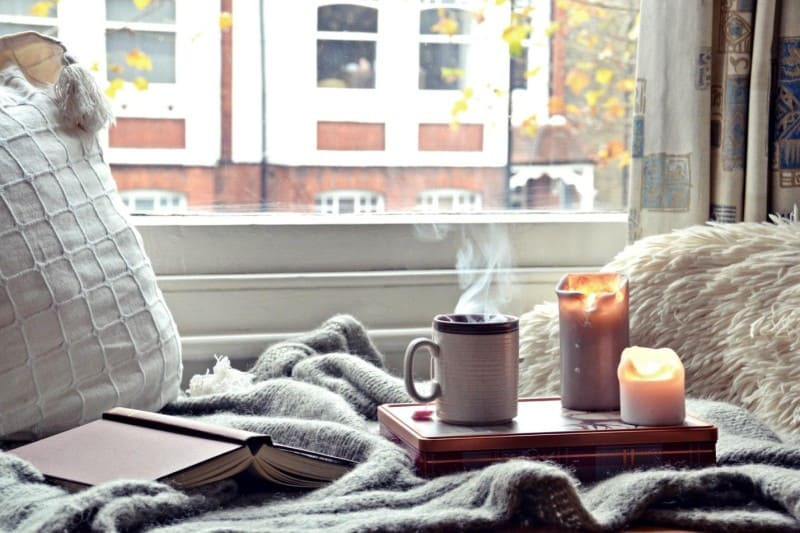
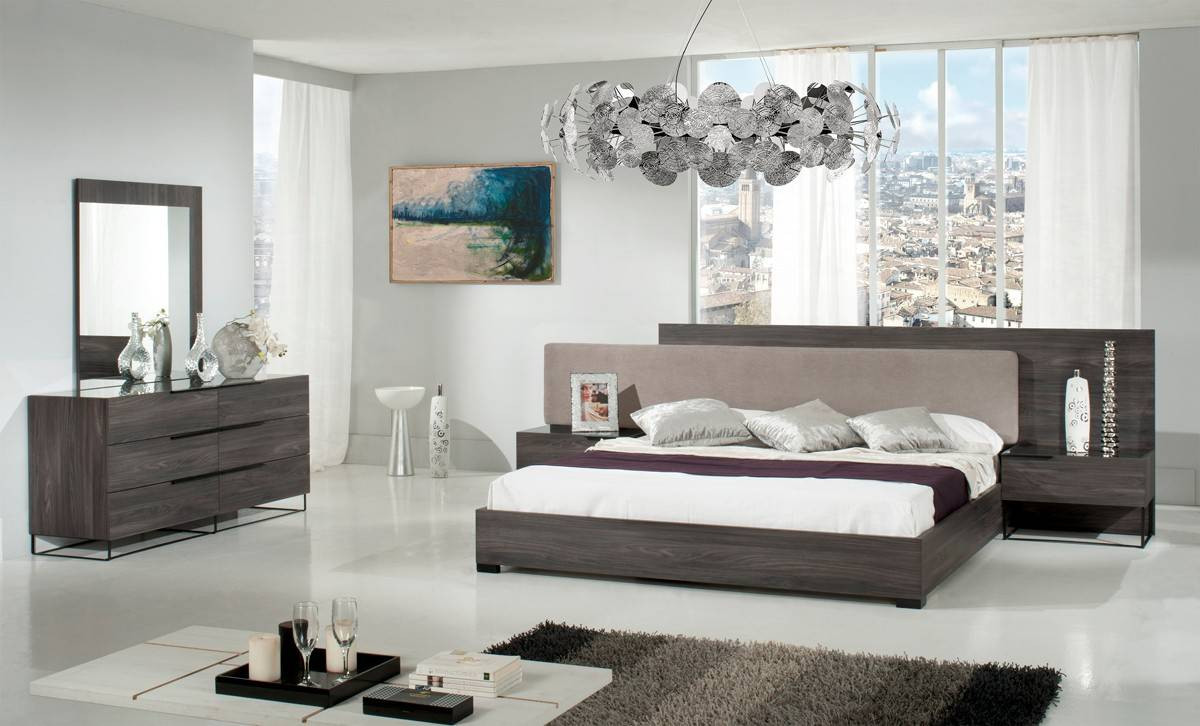
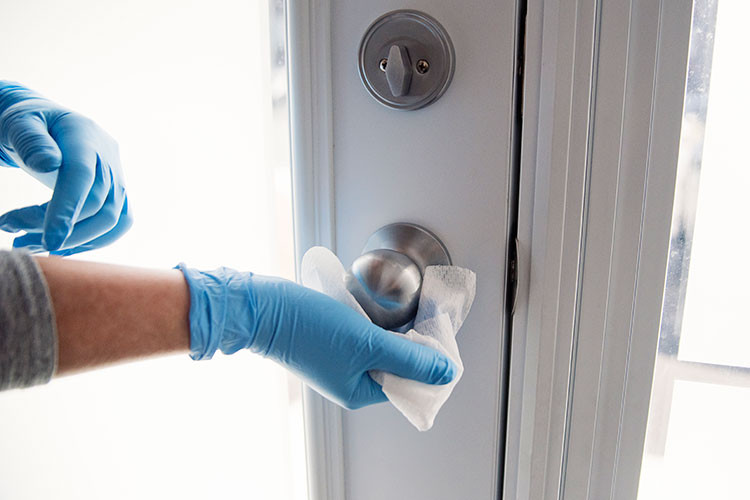
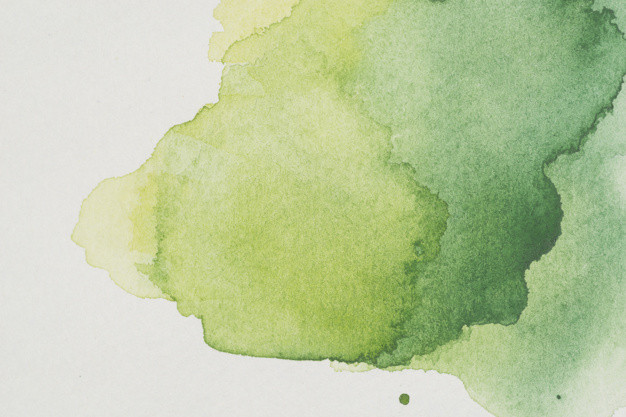



0 Comments
No comments yet